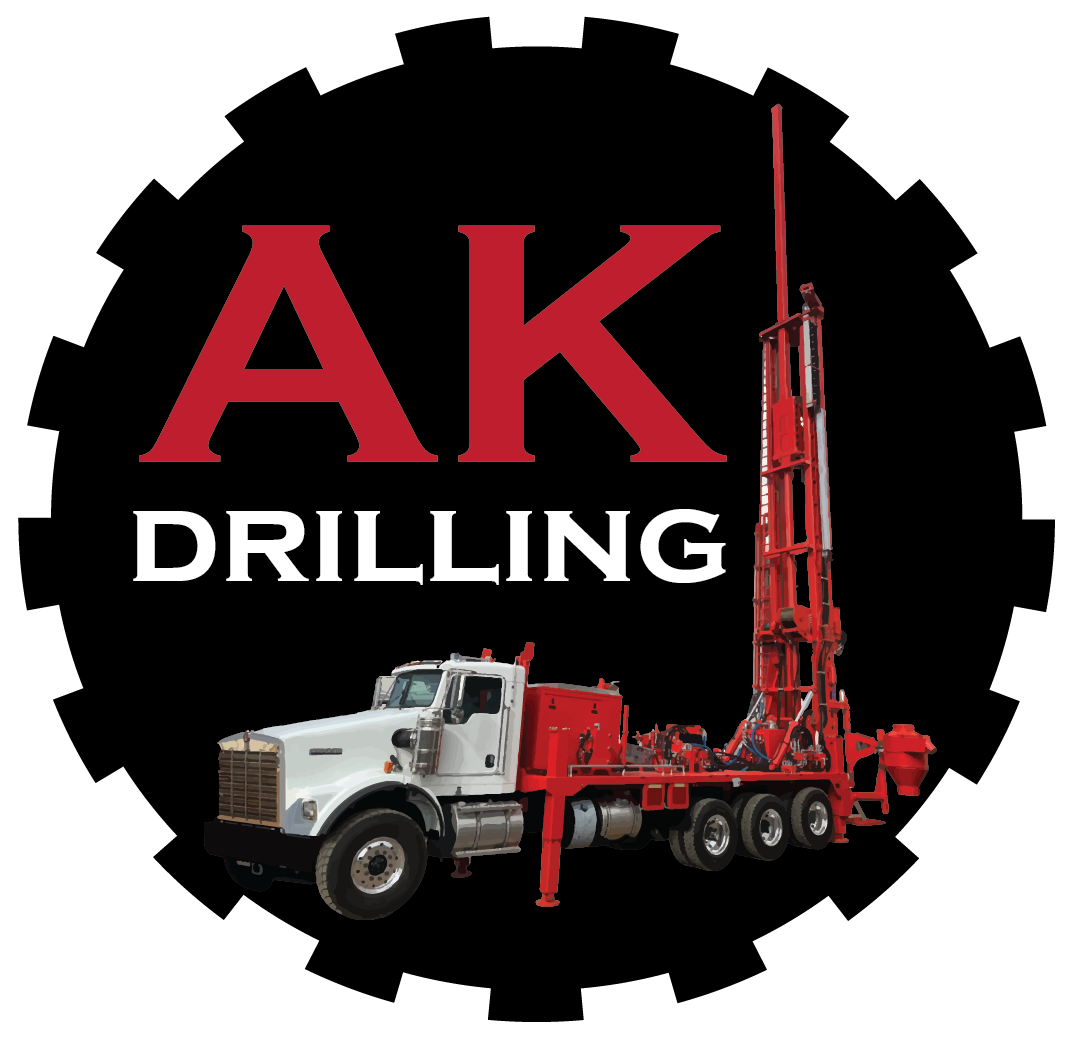How Does a Water Well Drilling Rig Work?
Water is a vital resource, and accessing it can be a challenge, especially in remote areas like Montana, Idaho, and the Western United States. A water well drilling rig is a powerful tool designed to create access to underground water. These rigs come in various sizes and types, but their fundamental principles of operation are similar. You can learn more about the top quality Foremost Rigs that AK Drilling uses by clicking this link!
Let's explore how a water well drilling rig works, step by step.
1. Site Preparation
Before drilling begins, the site must be carefully prepared. This includes selecting the optimal location based on geological surveys and hydrogeological reports. The site is cleared of obstacles, and a level platform is established to ensure the rig's stability.
2. Rig Setup
The drilling rig is then transported to the site and assembled. Modern rigs are often mounted on trucks or trailers for mobility. Once on site, stabilizing jacks are deployed to level the rig and secure it in place. The mast or derrick is then raised to its vertical position.
3. Drilling
Drilling begins with the installation of a large-diameter drill bit attached to a series of drill pipes. The drill bit penetrates the earth as the pipes are rotated and pushed downward. There are several drilling methods, including:
- Rotary Drilling: The most common method, where a rotating drill bit grinds through soil and rock.
- Percussion Drilling: Uses a heavy drill bit that repeatedly lifts and drops to pulverize the rock.
- Auger Drilling: Employs a helical screw to bring cuttings to the surface.
4. Drilling Fluid Circulation
As the drill bit advances, drilling fluid (also known as mud) is pumped down through the drill pipe. This fluid serves multiple purposes: it cools the drill bit, carries cuttings to the surface, stabilizes the borehole walls, and maintains hydrostatic pressure to prevent collapses.
5. Casing Installation
Once the desired depth is reached, steel or PVC casing pipes are inserted into the borehole. The casing prevents the walls from collapsing and protects the water from contamination. The annular space between the casing and the borehole is filled with a sealing material, such as bentonite or cement grout, to further safeguard water quality.
6. Well Development
After casing installation, the well is developed to enhance water flow. This involves cleaning out any remaining debris and fine particles using methods such as airlifting or surging. A screen or perforated casing may be installed at the bottom to allow water entry while keeping out sediments.
7. Pump Installation
Finally, a submersible pump is installed to draw water from the well. The pump's depth and specifications depend on the well's depth and the expected water demand. The pump is connected to a power source, typically an electric motor, and linked to a control system for efficient operation.
8. Testing and Completion
The well undergoes a series of tests to assess its yield and water quality. These tests help determine the sustainable pumping rate and ensure the water meets safety standards. Once testing is complete, the well is capped, and a protective wellhead is installed.
Conclusion
Water well drilling rigs are complex machines that play a crucial role in accessing underground water resources. By following a systematic process, these rigs can efficiently and safely provide a reliable water supply for various purposes, from drinking water to irrigation and industrial use. Understanding the workings of a water well drilling rig highlights the intricate blend of engineering and geology required to tap into one of nature's most essential resources.
